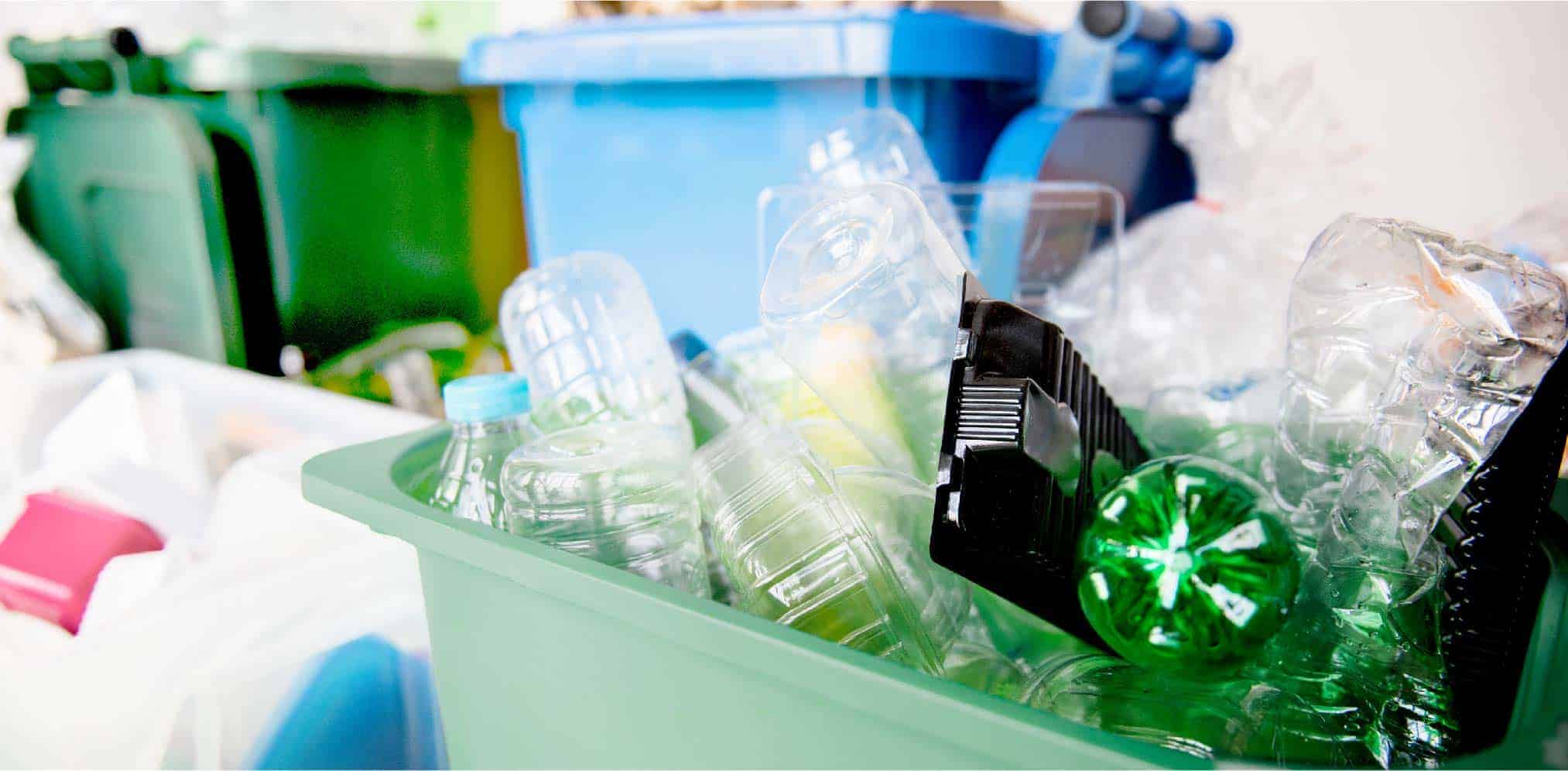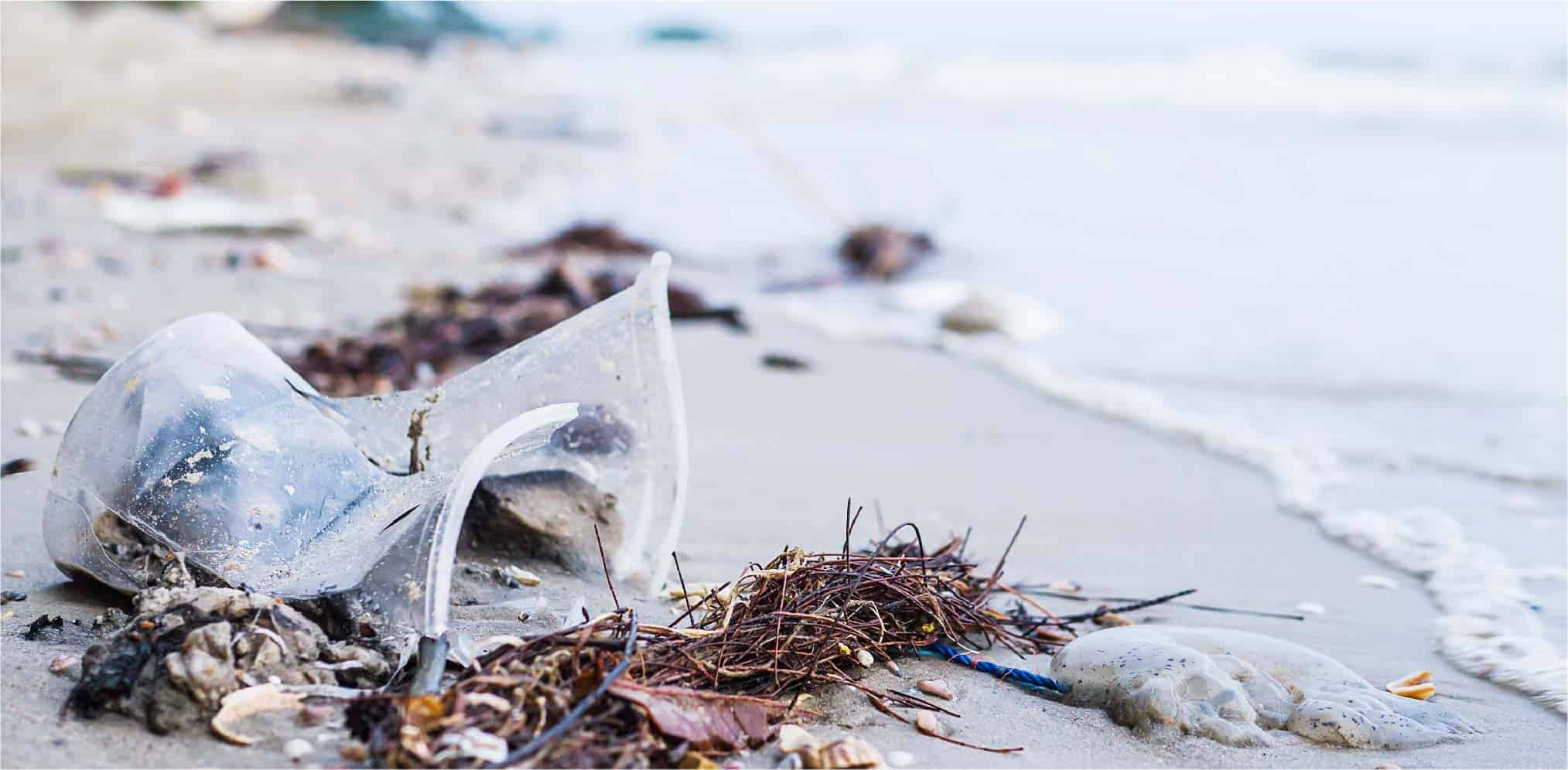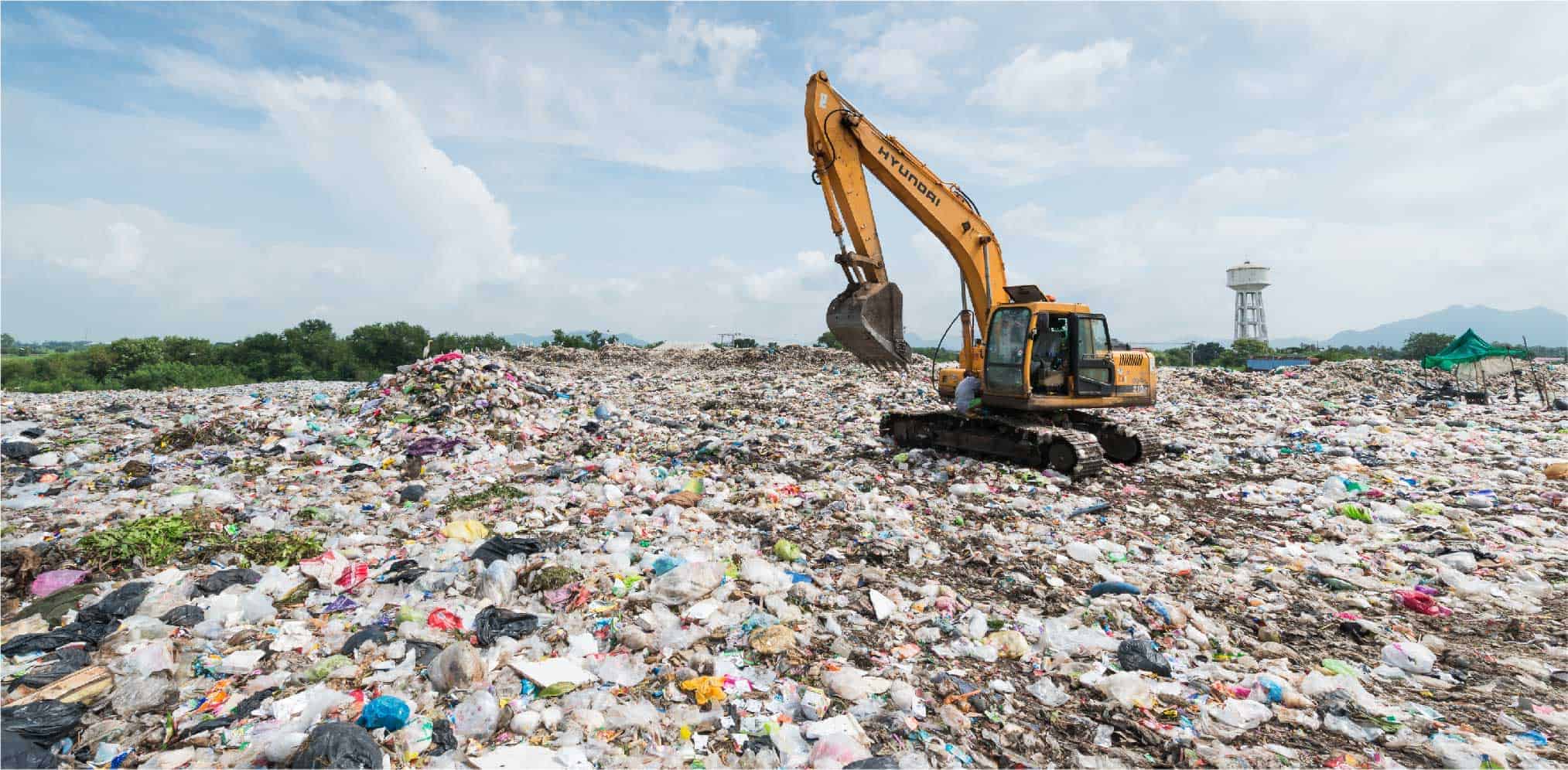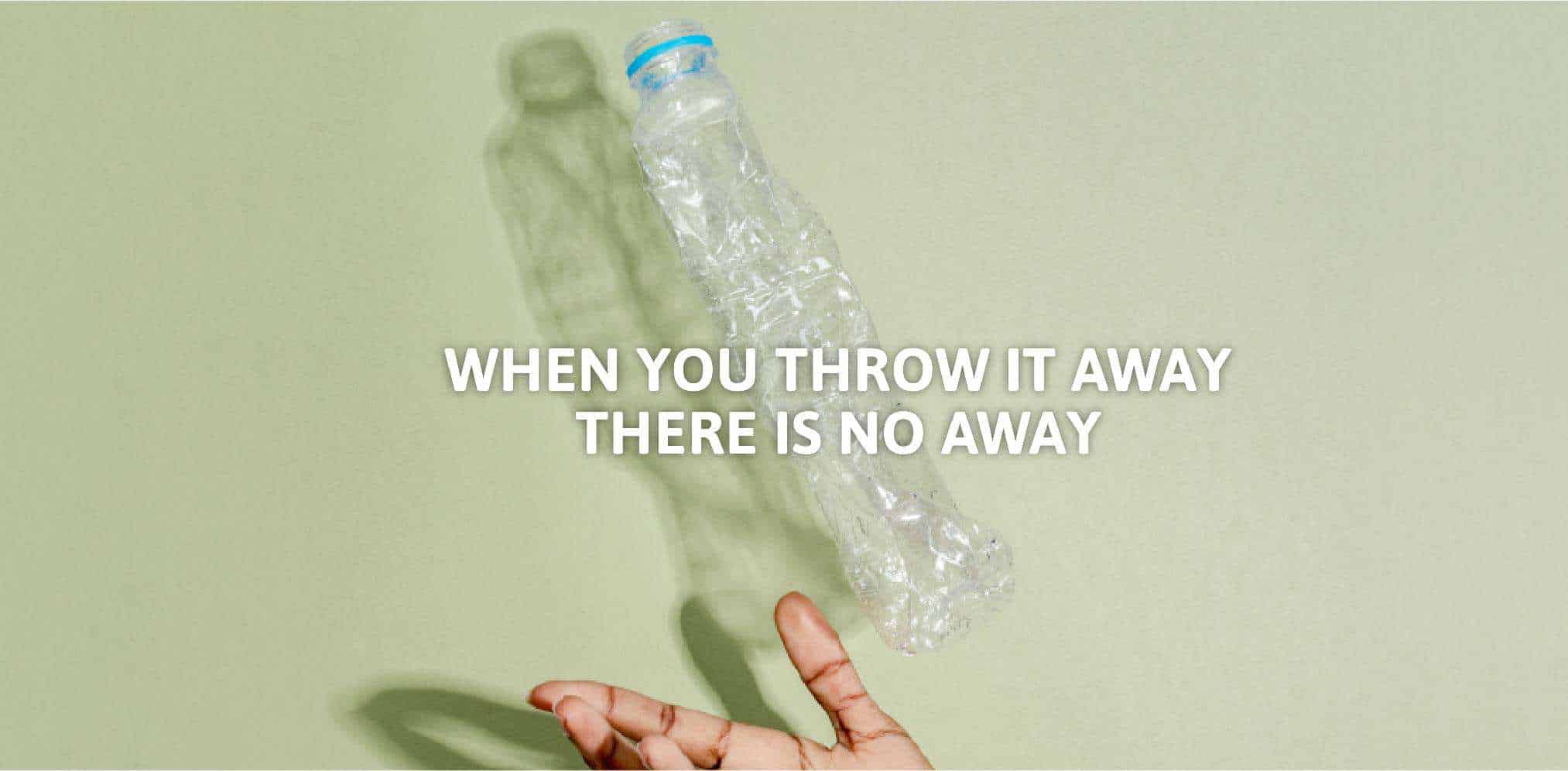Plastics: Where Do They Go When We're Done With Them?
Can you imagine a world without plastic? What would modern life be like without plastic? To tell the truth, it’s almost impossible to picture this, especially when we know that world plastic production has increased exponentially from 2.1 million tonnes in 1950 to 406 million tonnes by 2015. Over and above that, plastic production is projected to double by 2036.
Where do you think these hundred million tonnes of plastic go when we’re done with them?
Option #1: They are recycled

In the best-case scenario, the plastics are recycled. We often see plastic products tossed into recycling bins, but to the surprise of many, it’s not very likely that they will be properly recycled. According to National Geographic, only around 9% of plastic is being recycled. As if that weren’t enough, nearly all of that plastic that does get recycled is actually downcycled, which means it gets less and less useful every time, eventually becoming so flimsy that it can no longer be recycled properly.
For the “lucky ones” who make it to the recycling plant, they will be sorted, shredded and rid of impurities like paper. The shreds are then melted and formed into pellets, which can be made into other products such as carpets, mats, tiles and furniture.
Option #2: They end up on the beaches or in the oceans

Did you know that 73% of beach litter worldwide is plastic? Bottle caps, polystyrene containers, grocery bags, filters from cigarette butts—you name it!
Can you believe that more than 5 trillion pieces of plastic are already floating in our oceans? It has already come to the point where some 700 species of marine animals have been reported so far to have eaten or become entangled in plastic. Another surprising estimation is that virtually every seabird species on the planet will be eating plastic by 2050!
Option #3: They go into a landfill

Alternately, plastic could also end up in a landfill, which is the most popular and common method of solid waste disposal currently. In fact, landfills are where most plastic eventually ends up in any way due to a number of reasons, such as being rejected at recycling facilities or the fact that plastics can only be recycled a certain number of times before they degrade in quality too much to be recycled again.
Unfortunately, a key problem for the disposal of plastics in landfills is that they take hundreds to thousands of years to breakdown when left to degrade in landfills. At last, plastics will accumulate on Earth and decrease landfill space whilst simultaneously contributing to contamination of the natural environment.
As you can see, wherever plastic ends up in, it will create pollution and environmental issues one way or another. Plastic pollution is a serious issue that afflicts land, waterways and oceans, which then adversely affects wildlife, wildlife habitat and humans. To overcome these environmental issues, we need to start taking action for the good of our environment. Make a small change today and see the big difference one day.

